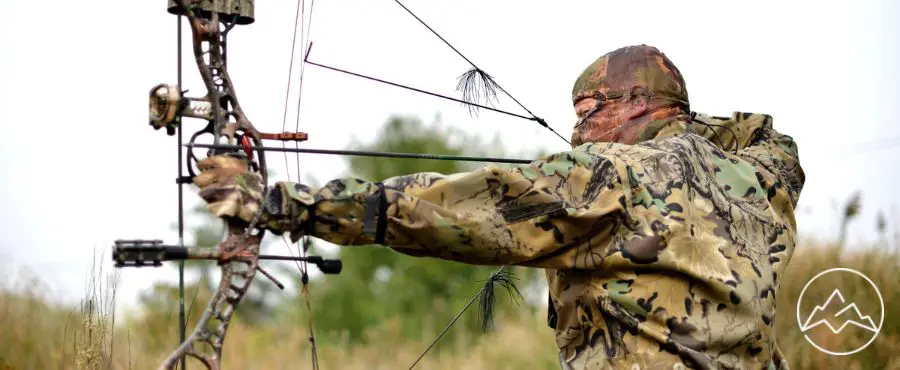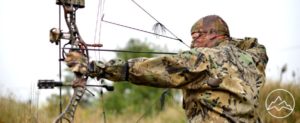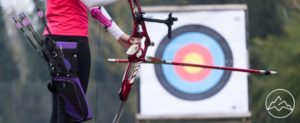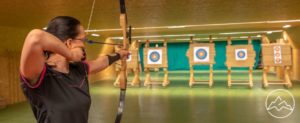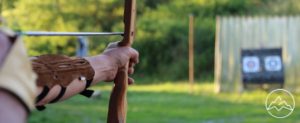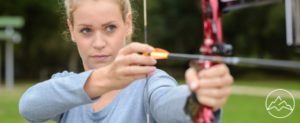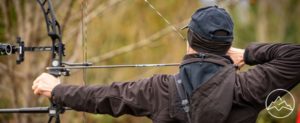Fletching is a crucial aspect of arrow construction that significantly impacts flight and accuracy. According to recent studies, arrows with properly fletched vanes have shown a remarkable improvement in their overall performance, resulting in consistent results and a precise point of impact. Mastering the art of fletching can be a rewarding endeavor for archery enthusiasts, allowing them to enhance arrow stability and increase accuracy. This article aims to provide a comprehensive guide on the process of fletching, starting from the selection of fletching materials to the final inspection and adjustment of the fletching. By following the steps outlined in this article, archers can save money by fletching their own arrows, as opposed to relying on archery shops. In addition to cost-effectiveness, mastering the art of fletching offers the opportunity to customize arrows to meet individual preferences and optimize performance.
Key Takeaways
- Fletching is important for aerodynamic stabilization of arrows.
- Fletching can be made from plastic, feather, or vinyl.
- Fletching helps stabilize the arrow during flight and improves accuracy.
- Fletching can be customized to personal preferences for material, size, shape, and design.
Choosing Fletching Material
When choosing fletching material, it is important to consider factors such as personal preference, arrow performance, and available options. Plastic vanes have gained popularity over feathers due to their versatility and improved aerodynamic properties. Feather fletching, although traditional, has its advantages. Feathers are lightweight and provide a natural and forgiving flight. They also create less noise when released. On the other hand, plastic vanes offer more options and better performance. They are durable and unaffected by weather conditions, making them suitable for both indoor and outdoor shooting. Additionally, plastic vanes can be manufactured in various shapes, such as straight, offset, or helical. Each shape has its own pros and cons, with straight vanes providing less spin but greater speed, offset vanes offering a balance between speed and spin, and helical vanes providing maximum spin and stabilization.
Setting up the Fletching Jig
Efficiently establishing the fletching jig ensures precise positioning and consistent placement of vanes during the arrow construction process. Fletching jig alignment is crucial to achieve accurate fletching placement. To begin, select the appropriate fletching style and align the jig accordingly. Straight, offset, and helical vanes require different jig settings to achieve the desired spin characteristics. Once the jig is set, carefully place the arrow shaft in the jig, ensuring it is securely held in place. Apply the fletching glue to each vane, making sure to distribute the glue evenly. Position the vanes onto the arrow shaft, aligning them with the jig’s guide. Proper fletching placement is essential for optimal arrow flight and accuracy. Allow the glue to dry completely before removing the arrow shaft from the jig. Inspect the fletching to ensure it is securely attached and make any necessary adjustments. By setting up the fletching jig correctly, you can create arrows with consistent fletching placement, resulting in improved arrow performance.
Applying Glue and Drying
To ensure proper adhesion of the fletching to the arrow shaft, the next step involves applying an even layer of fletching glue to each vane and allowing it to dry completely. When applying the glue, it is crucial to follow best practices to achieve optimal results. Firstly, make sure to apply the glue evenly and cover the entire base of each vane to ensure a strong bond. Secondly, avoid using excessive amounts of glue as this can lead to excess weight and imbalance in the arrow. Additionally, be cautious not to get any glue on the arrow shaft, as this can affect arrow flight and accuracy. Once the glue has been applied, it is important to allow sufficient drying time. This typically takes around 6-8 hours, but it is recommended to follow the manufacturer’s instructions for specific drying times. Avoid touching or disturbing the fletching during the drying process to prevent any potential misalignment. By adhering to these best practices, you can ensure a secure and durable fletching attachment that enhances arrow flight and accuracy.
Frequently Asked Questions
What are the benefits of using feathers as fletching material?
Feathers have been a traditional choice for fletching material in arrows due to several benefits. Firstly, feathers are lightweight, allowing for faster arrow speeds. Secondly, feathers offer natural dampening properties, reducing noise and vibration during flight. Additionally, feathers create less drag compared to plastic vanes, resulting in improved arrow flight and accuracy. However, alternatives to feathers, such as plastic vanes, offer more customization options in terms of shape, size, and design, allowing archers to tailor their arrows to their specific needs.
Can I use different fletching styles on the same set of arrows?
Different fletching styles can be used on the same set of arrows, offering various pros and cons. Straight, offset, and helical vanes each have their advantages in terms of spin and stabilization. However, it is important to note that changing fletching styles on a set of arrows may lead to inconsistent flight characteristics. If replacing damaged fletching with a different style, it is recommended to retest the arrows for accuracy and flight performance to ensure optimal results.
How long does it take for the fletching glue to dry?
The drying time for fletching glue can vary depending on the specific brand and type of glue used. Generally, fletching glue takes approximately 1 to 2 hours to dry completely. However, it is recommended to let the glue dry for a minimum of 24 hours to ensure a strong and secure bond between the fletching and arrow shaft. To ensure proper application, it is best to clean the arrow shaft with rubbing alcohol before applying the glue and ensuring proper contact between the fletching, glue, and arrow shaft in the fletching jig.
Can I reuse fletching vanes that have been previously attached to arrows?
Reusing fletching vanes that have been previously attached to arrows is not recommended due to the potential loss of adhesion and compromised arrow flight. When fletching vanes are removed, they may become damaged or lose their shape, affecting their ability to stabilize the arrow during flight. Instead, it is advisable to invest in alternative fletching materials such as plastic vanes or feathers, which can be easily attached to arrow shafts for optimal performance and accuracy.
Is there a specific way to clean the arrow shaft before applying glue?
Cleaning the arrow shaft before applying glue is an important step in proper arrow fletching techniques. To ensure a secure bond, it is recommended to clean the arrow shaft with rubbing alcohol. This will remove any dirt, oil, or residue that may interfere with the adhesive. Using a clean cloth or cotton swab, apply rubbing alcohol to the shaft and thoroughly wipe it down. This will create a clean surface for the glue to adhere to, promoting a strong and durable fletching attachment.
Conclusion
In conclusion, mastering the art of fletching is a skill that can greatly enhance arrow flight and accuracy. By choosing the right fletching material and setting up a fletching jig, archers can ensure consistent and reliable results. The process of applying glue and allowing it to dry is crucial for creating strong and durable fletching. The use of symbolism in this article highlights the significance of fletching in archery, emphasizing its role in providing aerodynamic stabilization and improving overall performance. By becoming proficient in fletching, archers can save money and achieve greater success in their sport.

